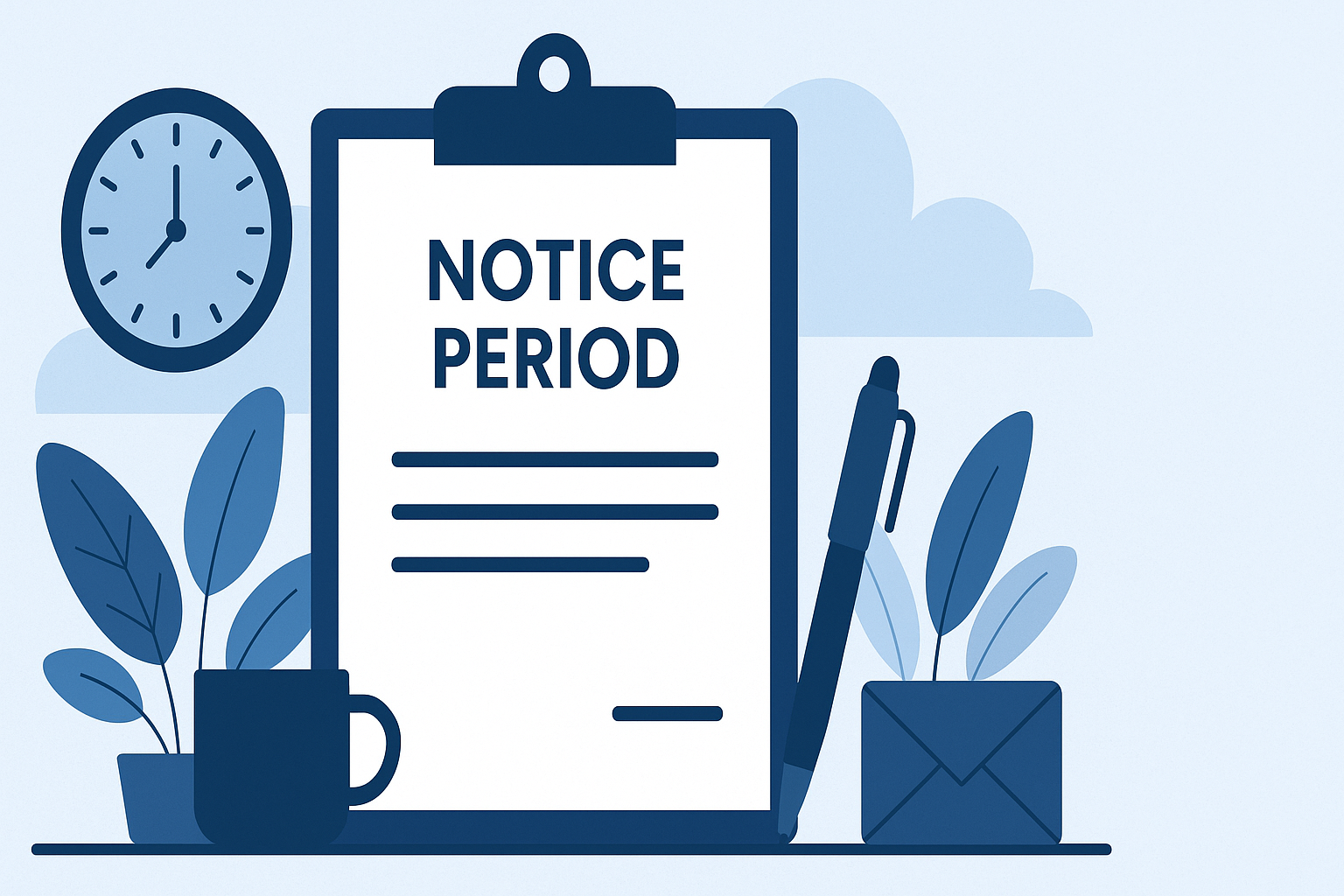With the numerous benefits it offers companies of all sizes and our rapid rate of technological advancement, the world was moving towards more employees working remotely. After the COVID-19 outbreak, however, companies were forced to set up their staff to work from home sooner than many of them would have liked.
And while there are many advantages to working from home, it’s also not without its drawbacks. Some of which can affect employee productivity, while others can have a negative impact on their mental wellbeing.
With that said, here are the main challenges your employees may encounter while working from home and how you can overcome them.
Communication
One the most persistent challenges of remote working how much longer communication can take, compared to your regular work environment. Of course, there are plenty of messaging apps, video conferencing tools, etc, available, but there’s no substitute for your employees being in the same place.
When working in an office, or any other conventional working environment, if you need something from a colleague, you just walk over and ask. Even they’re busy, your presence at their desk compels them to help you.
When working remotely, on the other hand, responses aren’t always as instant. A colleague may see your messages, and missed calls, but now they have the latitude to get back to you whenever they see fit.
A solution to this is to manage your staff’s expectations by explaining that things won’t be as smooth as they usually are – and to not to be frustrated by this. As working remotely is new for many of them, some things will take getting used to. Plus, even those of us accustomed to working from home still aren’t used to doing it for such long stretches, so teething problems are inevitable.
Social isolation
Employees feeling socially isolated is another significant challenge of remote work. As human beings, we’re social creatures and need to be around people, whether we realise it or not.
Every interaction we have during the course of our normal working day, from important work-related conversations to idle chat by the kettle or water cooler, benefits our mental health. When taken away, this can take a psychological toll that, at the very least, can make us feel a little down.
A consequence of isolation is increased social media usage, as people reach out for any type of human connection. While this can temporarily alleviate feeling lonely, Facebook, Instagram, and the like can be an addictive distraction and can cause employee productivity to dwindle.
Now, while there’s not much you can do about an employee’s living arrangements, you can help by maintaining regular contact with them and facilitating contact with their workmates. Ways of doing this include team conference calls and organising virtual events like lunches, quizzes, and even weekly drinks.
Distractions
While some of your employees live alone, others have the opposite situation and share their home with lots of people. This could include their partner, children, housemates, and other family members, all of which can be a constant source of interruption.
Worse still, working from home provides plenty of opportunities to procrastinate, such as doing the dishes or sorting the laundry. Do chores of that nature have to be done right now? No at all – but they’re preferable to facing that tedious work-related task you’re putting off.
Though distractions are inevitable, just like in the office, they can be minimised with a dedicated workspace. If an employee reports constantly being distracted, help them identify the best place to work and what they can do to minimise interruptions.
Harder to separate work/home life
And lastly, there’s the challenge of keeping your work and home life separate. When you constantly wake up and fall asleep in the same place you do your job all day, it can feel like you’re never able to escape work. For some, their home ceases to be a place of sanctuary, where you come to retreat from the events of the day.
Some employees lose the ability to unwind after work, while for others, your textbook workaholics, they find it hard to power down and stop working. In any case, it can lead to burnout.
The first solution to this, as mentioned above, is to help your employees create their own workspaces. The more they associate one room or area with work, the better they’ll be able to separate their work and recreational time.
Secondly, encourage them to take annual leave. Some employees make the mistake of thinking that because they’re not at work, they don’t need to take a day off – especially, if like at present, they have nowhere to go. Encouraging them to take time off reminds them what it’s like to do nothing, to be completely free of their work responsibilities and recharge.




